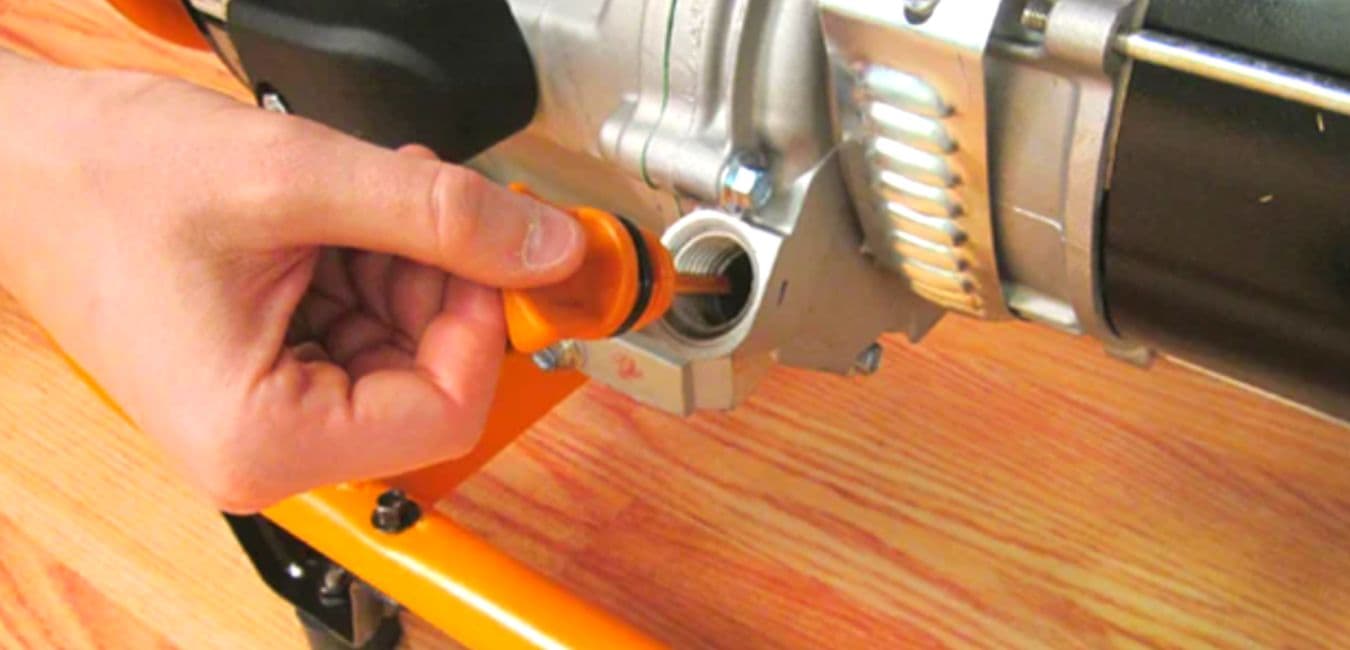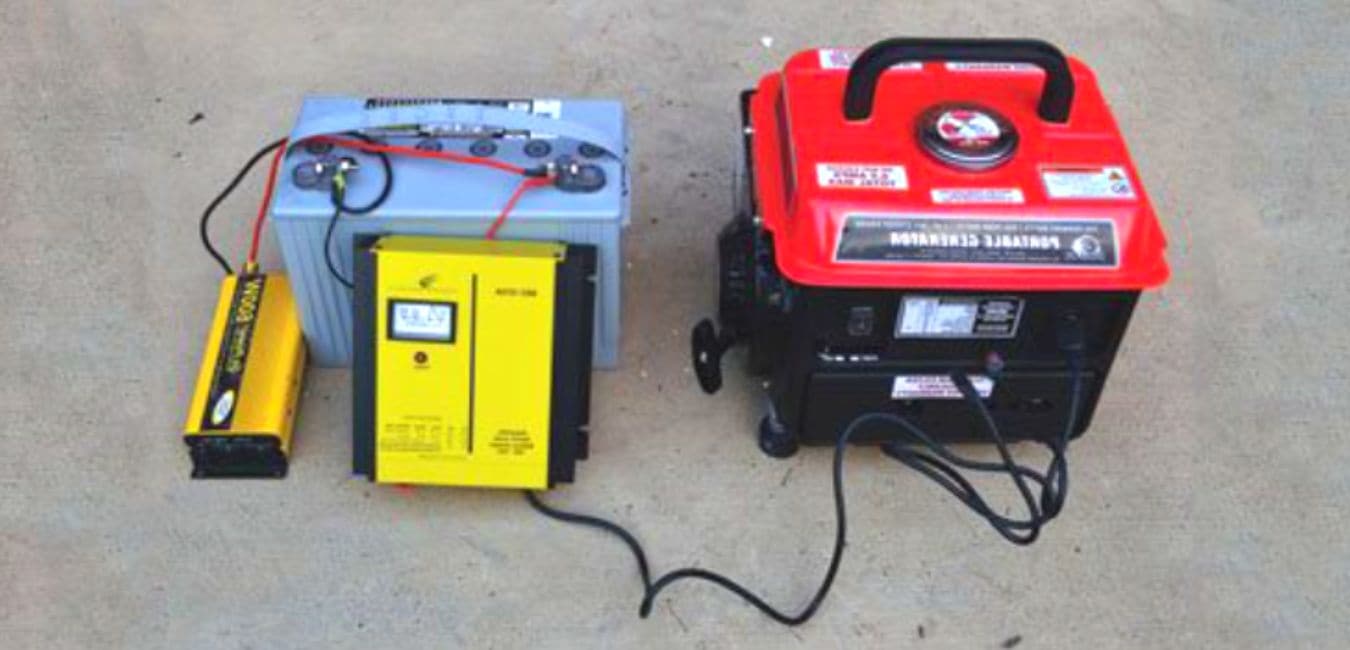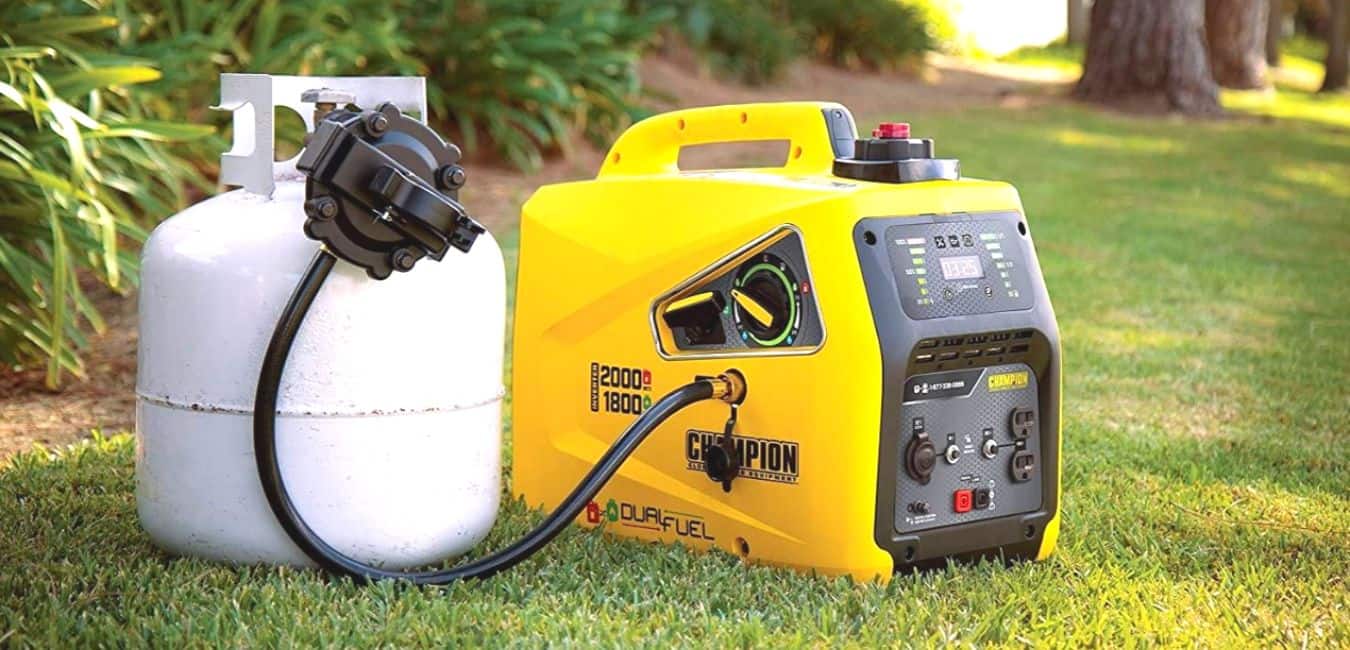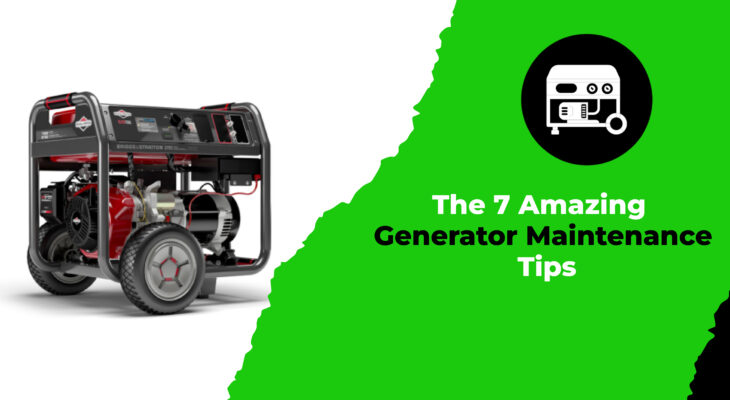Every machine demands maintenance and service at a proper time. It not only improves the efficiency of the machine but also increases its life span. As much as you take care of yourself and your diet, maintenance is as important for a generator. Better maintenance saves a lot of your money and time. If you can’t take care of this monster machine it will break down after some time.
But don’t worry we have some fantastic generator Maintenance Tips that are tested by our experts and you will definitely take advantage of that. So keep up with us!
How to Maintain The portable generator – Tips
1. Change Oil
Changing oil is the foremost requirement for a smooth-running generator. It increases the efficiency of the engine and keeps it clean. It is advised by experts to change the oil every season or after the 60hrs of running for the first time. Later you can change the oil every 100 hrs.
There are many types of engine oil available in the market. Choose the best one as it will directly affect the working and efficiency of the engine.

2. Plugs and Filters
Plugs and filters are the sources of ignition of gas that starts the motor. Without the plugs and filters, your generator is just a piece of metal. Plugs ignite the gas whereas the filters allow sufficient airflow that helps in the efficient working of the generator. It blocks the debris and dust thus increasing the life span of the motor.
So it is recommended to change the plug and filters every season or 100hrs of working.
3. Empty Fuel tank
Emptying the fuel tank before storing it when not in use is compulsory or I better call it a necessary step. If there is a little gas in the tank, turn on the generator until it runs out of gas and automatically stops. But if there is a lot of fuel in it, use a secure method to remove all of the fuel from its fuel tank.
This step is important because the fuel later turns into a sludge-type matter that affects the working of the engine.
4. Fully Charge Battery
There are some generators that operate on a battery. Before storing the generator make sure that you have fully charged the battery. It makes it easy for you to turn on the generator after some time. Moreover, an uncharged battery is more prone to rust and damage.

5. Use Heavy Duty Cables
Never run your portable generator on light or low voltage cords because there is a strong risk of motor burnout. The low voltage cables do not have much capacity to carry the high voltage thus damaging the appliances too. Be sane in a good investment.
6. Change the old Parts
Change the old and worn-out parts before they stop working or damage some other parts. Replacing these old worn-out parts will increase the life span of your generator and it will save you money too.
7. Lock your Generator
The sound of silence when someone steals your pricey generator is the only thing worse than the rumbling roar of an engine outside your bedroom window. By drilling a hole and embedding a grounding rod and an eye bolt in concrete, you can combine security and electrical safety.
Wrap everything in 4-inch ABS or PVC drainpipe and secure the cleanout fitting with a screw. To make the lid mix in with your yard, spray-paint it green. At the very least, screw in ground anchors to hold the chain in place if you don’t want to sink a permanent concrete pier.
How long to run the generator for maintenance
If you are planning to store the generator for some time there are some maintenance tips that must be taken. Here we have some advice on how long to run your generator for maintenance:

Generators that run on gasoline
One type of generator that is utilized frequently is the portable gasoline model. Gasoline Portable Generator is generally simple to maintain and service. Make sure the generator is on the level to start, allowing the oil and fuel to flow freely throughout the entire engine.
Before starting the generator and operating it for 20 to 30 minutes, check the oil level and make sure there is enough fresh gasoline. To avoid damage, depending on your type, allow the generator to run dry.
Diesel Portable Generators
The maintenance process for portable diesel generators is similar to that of portable generators fuelled by gasoline. Even while they often stay longer, are bigger, more powerful, and generate more noise, they also contribute to pollution. the diesel generator’s fuel tank must be filled with diesel before proceeding in the same manner as with the gasoline generator.
It is still advisable to empty your fuel tank before storing it.
Propane Portable Generators
Portable generators powered by propane differ slightly from generators driven by gasoline or diesel. They have shorter lives but are easier to run and maintain. In addition, they may cost more to operate during a power outage and do not produce as much power.
Before starting your propane-powered generator, check the coolant and oil levels and make sure the fuel line is clear of any kinks or bends. Examine the fuel tank to make sure it is full and not leaking. The generator should be turned on, activated, and running while you keep an eye on the temperature indicator. Turn it off and shut the valve on the propane tank after 20 minutes.

How long does oil last in a generator?
The answer is mostly mentioned in the generator user manual. I always recommend changing of oil after 50hr of use and strictly not above that. As there is no oil filter present in the generator so there are chances of oil contamination that in turn affects the working of the generator.
Change oil whether you observe any problem or not. If there is any problem it means that the damage is already done.
How to break in a new inverter generator
Now is the time for unboxing your new portable generator. Take out the generator from the box and follow these simple and easy steps to break it in;
1. Purchase oil or Gas
When a portable generator is being broken in, bear the following in mind: You’ll need to buy petrol, oil, and oil conditioner first. To learn how to break in a portable generator, you must then read the generator’s owner’s manual.
The generator needs to be run for a few hours to be fully broken in.
2. Lubricate
Lubricate all the working parts of a portable generator before use to break it in. Be careful in lubrication and condition the ignition system chamber by adding some conditioner oil. This will lessen the likelihood of the generator deteriorating prematurely. The generator must also be run for a few hours before it reaches working temperature. By doing this, a smooth and effective generator may be guaranteed.
3. Increase engine oil
Add engine oil. This will make sure the engine is adequately oiled and facilitate smooth operation without damaging the generator interior.

In a few minutes, the generator will begin to warm up. This will speed up the generator’s break-in and warm up the engine. You must examine the oil level. Make sure the oil is full by checking the level. The engine will function smoothly as a result, and any potential issues will be avoided.
4. Add fuel
The next stage of a new portable generator’s break-in is to add gasoline. Depending on the fuel type the generator uses and the type of generator (single, triple, or dual fuel), this can be performed by adding gas or oil to the generator. Fuel should be added, then the generator should be started and run for a few minutes.
5. Power the generator for one hour
The generator needs to run for at least an hour after that. This will ensure that the generator is operating properly and aid in breaking it in. To make sure the generator is trouble-free and operating properly, you should also routinely inspect it.
6. Initial oil change
It’s crucial to change the oil after the first run after the first few hours of operation. If you do this, the engine will remain in good condition. Drain the oil after turning the generator off. Additionally, replace the oil filter.
7. Restart the generator
The engine should be started again after the initial oil change. But it’s crucial to double-check the oil level and make sure it’s filled to the right amount before turning the engine on. The engine should run for a few minutes before being turned off.
8. Second oil change
Immediately following the second hour of use, change the second oil. One last hour of operation with the generator before long-term use. Please follow these instructions to set up your portable generator for use.

9. Final run Check
Use a load of between 500W and 1000W to keep the generator running for an hour. By doing so, you can improve the lifespan of the generator and make sure it is properly broken in.
7 Amazing Generator Maintenance Tips – FAQs
Our Verdict
For your business or house, in case of a power shortage, a generator is a wise investment. Since owning and using a generator is so simple, the potential loss from going without energy is not worth the risk.
In fact, if you keep your generator in good working order, you might only need to buy a new one every 20 to 30 years!






